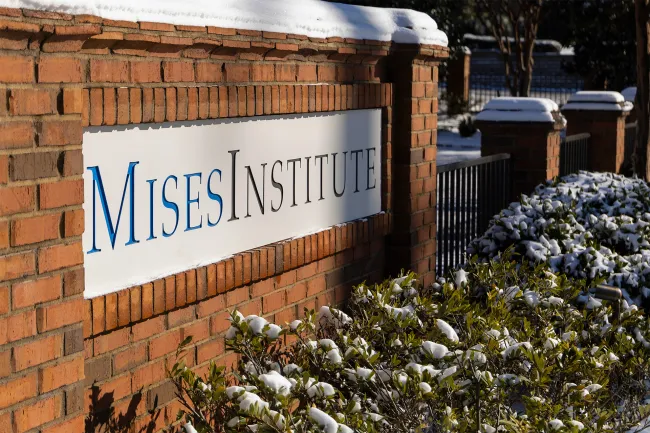Wall Street to the Fed: Inflation Is Over. Give Us More Easy Money!
The problem here not that the central bank is "setting" the "wrong" interest rate. The problem is the Fed has long been relentlessly forcing down interest rates to satisfy various politically determined "needs."








